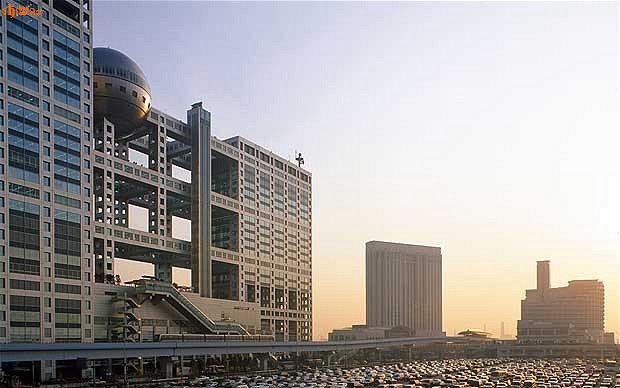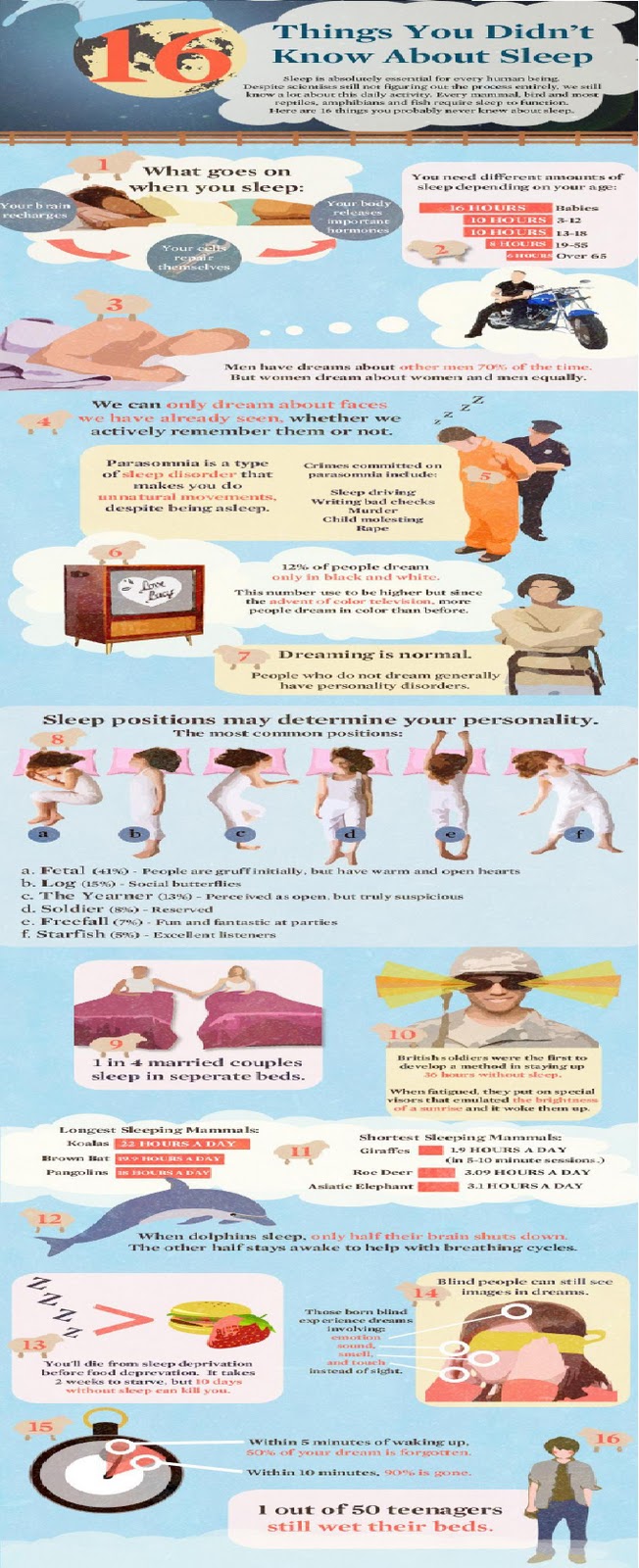Let's talk about the most friendly countries - that is, normal, virtually unpolluted environment. There are very few places left, so please see this information in order to know where even nature is not destroyed by man. Lately, though, many people reflect on their own attitude towards the environment, and began to be corrected - someone from the car refuses to who, Wind determines who uses "green" gadgets and appliances.
All countries would be as clean as those described here.
Now, scientists at Yale University ranked these countries, given the many factors. Countries were evaluated by stoballnoy (Russian Word) scale.
05 Norway
In the fifth place - Norway 81.1 points. CO2. By 2030, Norway will become a country with virtually no industrial emissions of CO2. Already countries are taking steps to reduce emissions of carbon dioxide in the atmosphere, looking for ways to reduce emissions. To achieve this, the government makes the purchase of related equipment and technologies. Plans are under way to reduce carbon dioxide emissions by 40%.
Incidentally, the steps are not purely scientific, but economic. So, those motorists who have a car with engine on diesel fuel, should pay more. In addition, Norway paves the additional railway line, to save the inhabitants of the country from having to travel by car over long distances. The country also leads in the order of landscapes, disturbed previously.
04 Sweden
In the fourth place Sweden - 86.0 points. While the rest of the country are experiencing hard times due to the need to always pay more for fuel, going to Sweden already in 2020 to transfer all the houses on the fuel-free mode. The Government has not gone mad and not going to turn off all heating and gas. Sweden is gradually shifting to renewable energy sources.
Such a plan was not adopted now, but back in 1980, during one of the fuel crisis. Country focuses on energy use of rivers, wind and sun. Unfortunately, Sweden is building nuclear power plants, which are well, not exactly "clean". Are taking other steps. For example, chips turn into balls and sell to the population for heating. In addition, Sweden is gradually transferred to the use of biogas in vehicles instead of the normal methane. That sounds a bit strange, but much cheaper biofuels produced in the bowels of the earth gas.
03 Costa Rica
In third place Costa Rica - 86.4 points. This country has long stated its intention to remain a clean country, now Costa Rica working on the conservation of virgin forests and biodiversity. By 2021, Costa Rica is going to be a country with zero emissions of industrial carbon dioxide. To do this, the Government promotes the development of new types of alternative energy sources, implementing already existing in the industry. Of course, Costa Rica - a warm country, so it does not have to heat the house. This immediately almost one-third reduction in consumption of energy.
02 Switzerland
In second place Switzerland - 89.1 points. This country was the leader of the rating of the cleanest countries in 2008, now she has moved into second place. Switzerland is always working to stay clean, "green" country, gradually reducing the amount of emissions and arranging their own territory. The government is gradually creating new national parks, where nature comes in its original form.
In Switzerland, large and small companies, as well as individuals, are adopting "green" technologies, and promote the use of such technologies for its customers. For example the popular hotels in this country are doing discounts to those who arrive in hybrid cars. In addition, many homes use heating system that receives energy from geothermal sources. But, in general, Switzerland has never been a dirty country. That's really, truly - "Clean, not where sweeping, but where do not litter." For Switzerland, this slogan is native.
01 Iceland
For decades, Costa Rica has destroyed its own forests, sold abroad. It is making significant efforts to reduce the activity of companies, cut down forests, in addition, the country is trying to plant new trees to replace felled. Only in 2008, despite the crisis were planted 5 million new trees. This is not so much but gives hope for the restoration of destroyed earlier.
In the first place Iceland - 93.5 points. If we talk about geothermal energy, to whom, and lucky in that respect, it's Iceland. Iceland eliminating the need to burn something to get warm. No heat in this country plenty, despite the cold climate.
The Icelandic Government has encouraged residents of this small country to use "green" technology, but also the people themselves did not resist. Interestingly, earlier Iceland 70% dependent on the supply of coal, which is imported into this country. Now the dependence of the energy sphere of Iceland from coal is only 18%. Even if coal supply does stop, Iceland will survive. By 2050, Iceland is going to get rid of dependence on coal and oil, excluding those natural resources from the economy and industry of the country.


















































